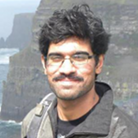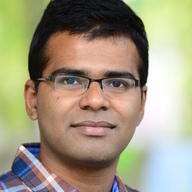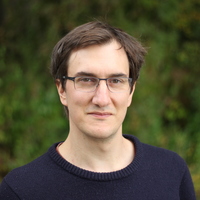Human Pose, Shape and Action
3D Pose from Images
2D Pose from Images
Beyond Motion Capture
Action and Behavior
Body Perception
Body Applications
Pose and Motion Priors
Clothing Models (2011-2015)
Reflectance Filtering
Learning on Manifolds
Markerless Animal Motion Capture
Multi-Camera Capture
2D Pose from Optical Flow
Body Perception
Neural Prosthetics and Decoding
Part-based Body Models
Intrinsic Depth
Lie Bodies
Layers, Time and Segmentation
Understanding Action Recognition (JHMDB)
Intrinsic Video
Intrinsic Images
Action Recognition with Tracking
Neural Control of Grasping
Flowing Puppets
Faces
Deformable Structures
Model-based Anthropometry
Modeling 3D Human Breathing
Optical flow in the LGN
FlowCap
Smooth Loops from Unconstrained Video
PCA Flow
Efficient and Scalable Inference
Motion Blur in Layers
Facade Segmentation
Smooth Metric Learning
Robust PCA
3D Recognition
Object Detection
Video Segmentation

Videos provide a much richer scene information compared to still images. Despite this, most existing techniques for video segmentation are dominated by per-frame techniques. Video segmentation is a challenging problem due to fast moving objects, deforming shapes and cluttered backgrounds. At Perceiving Systems, we study the use of motion information or pixel correlation that is present across video frames to overcome some of these challenges and obtain better video segmentations.
In [], we propose an efficient algorithm that considers video segmentation and optical flow estimation simultaneously. We formulate a principled, multiscale, spatio-temporal objective function that uses optical flow to propagate information between frames. For optical flow estimation, we compute the flow independently in the segmented regions and recompose the results. We call the process "object flow" and demonstrate the effectiveness of jointly optimizing optical flow and video segmentation using an iterative scheme.
We also propose one of the first deep neural networks that can be used for general information propagation across video frames. In [], we project video pixels into a six dimensional XYRGBT space and learn a deep network in this high-dimensional space thereby learning the efficient long-range information propagation across several video frames. Experiments on video object segmentation, video color propagation and semantic video segmentation demonstrate the generality and the effectiveness of our video propagation network.
More recently, we propose a fast and lightweight neural network module called "NetWarp" [] that can learn to warp intermediate deep feature representations across video frames for better semantic segmentation. Introducing these NetWarp modules in already trained networks and then fine-tuning results in consistent improvements in segmentation accuracy.
Members
Publications




